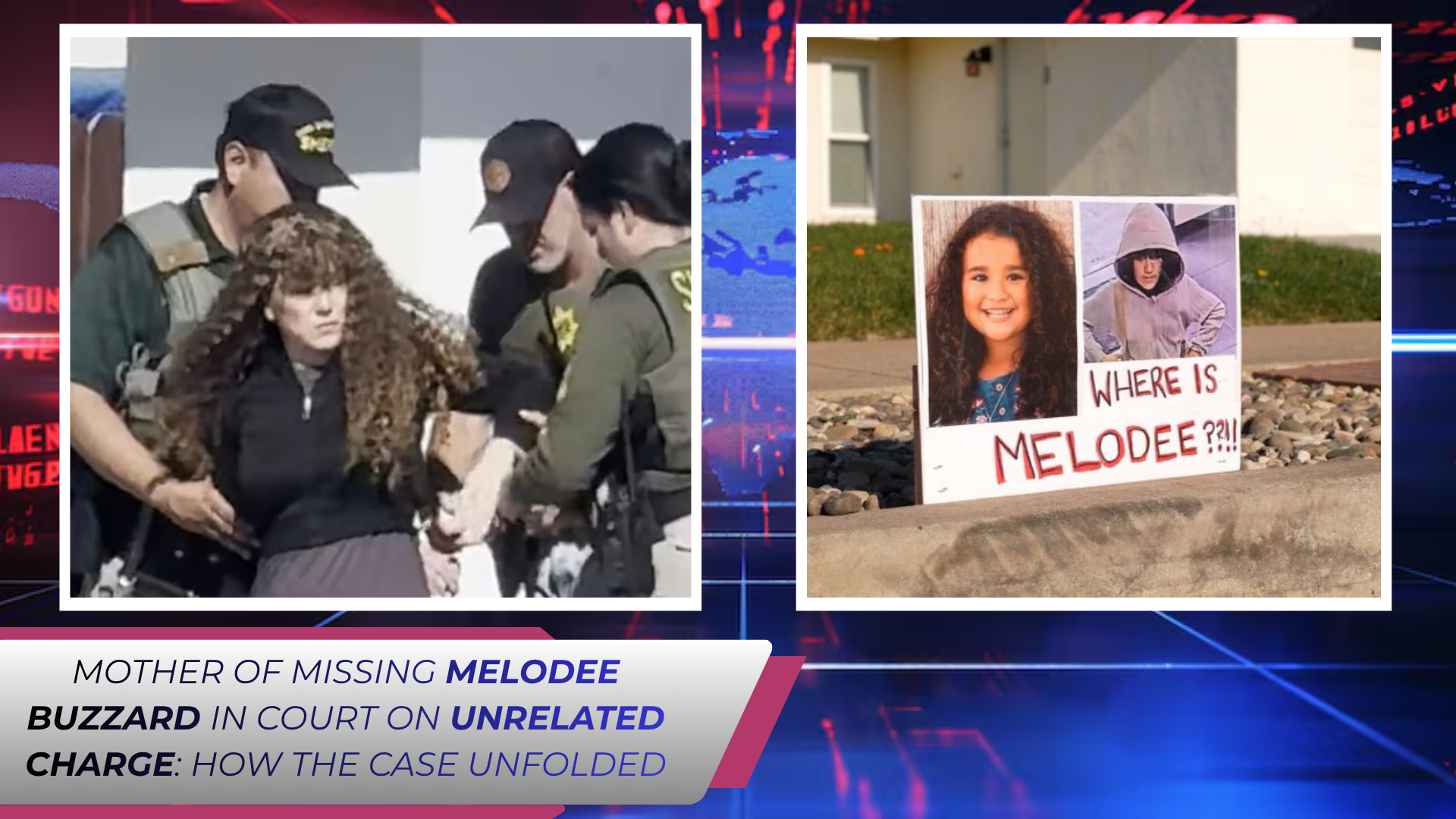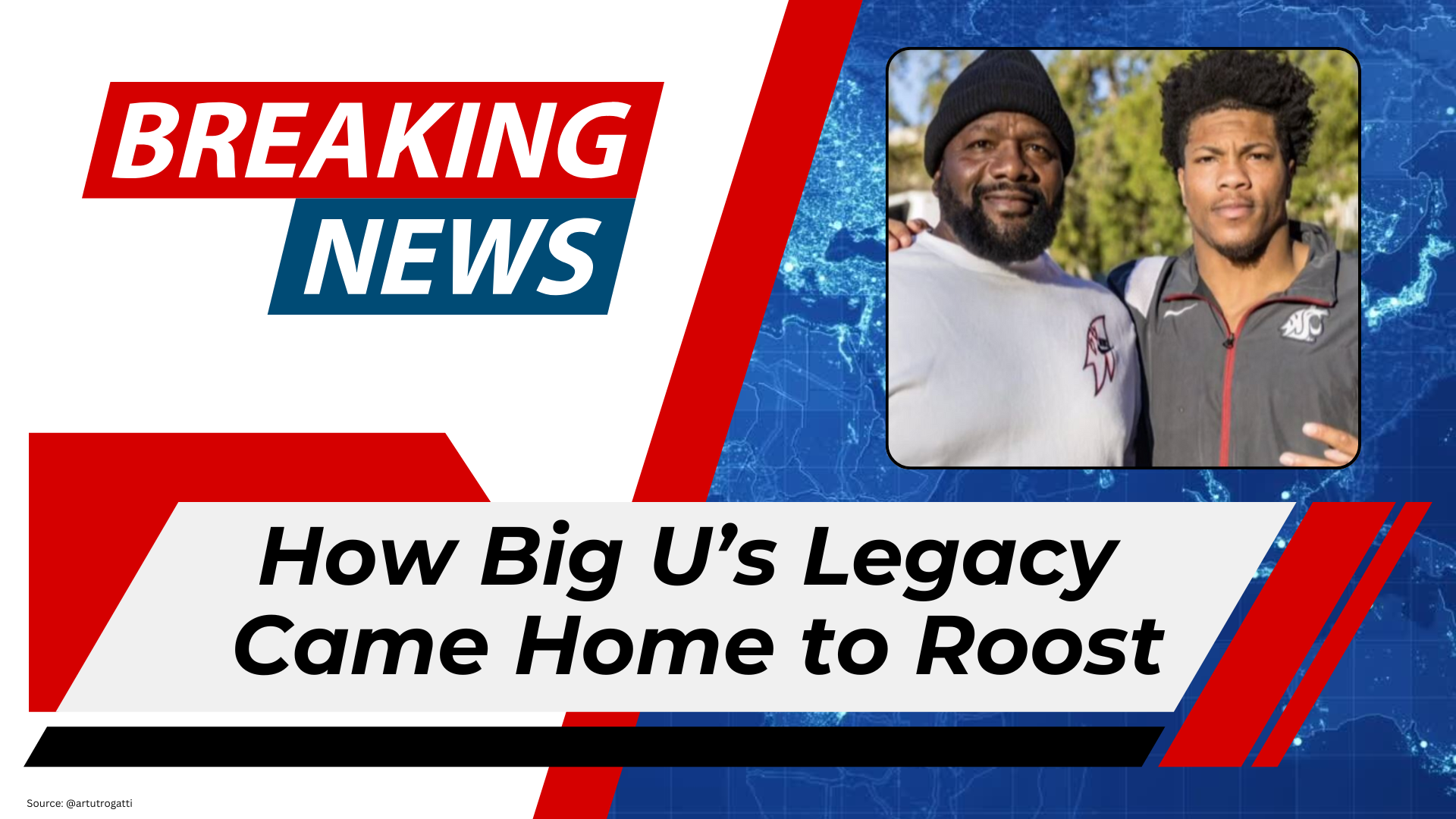A Hidden Threat: How Bail Reform Allows a Repeated Predator to Roam Free
By Atlantic Insider Staff
Editor's Note: This report is part of our ongoing coverage of public safety, criminal justice, and the societal consequences of well-intended policy reforms. The identity of victims has been protected for their safety.
A Three-Month Reign of Fear
For over 90 days, a man identified as Mallik Miah, 31, has allegedly stalked, harassed, and terrorized women across Queens, New York. Despite being arrested twice in that span—once for forcibly groping a woman at a subway station and again for chasing female customers at a department store—Miah was released both times due to the non–bail-eligible nature of the charges.
His release has stirred outrage among local residents, particularly women, many of whom now say they feel unsafe in their own neighborhoods and on public transit.
Victims Speak—But Feel Powerless
One woman recalled being followed into a store with her child. Another described being struck from behind on a stairwell, prompting a terrified escape. A third said she avoided reporting after enduring sexually explicit taunts on the train—convinced that nothing would come of it.
Local Facebook groups like MOMally Astoria became de facto forums for women sharing warnings and screenshots, painting a chilling portrait of a man operating freely and without deterrence.
Justice System Paralysis
According to retired NYPD detective Michael Alcazar, Miah’s pattern of behavior signals a dangerous escalation: “With people like this guy, this is where they’re building up to do even worse stuff to people.”
Because his offenses are categorized as misdemeanors, they fall outside of the scope of charges eligible for pre-trial detention under New York’s bail reform laws. The same legal gap has seen other serial offenders avoid jail time despite multiple arrests and increasing violence.
Recurring Pattern, Familiar Names
Other examples abound. A man with more than 30 prior arrests, including multiple sex crimes, was recently seen masturbating on public transportation—yet was released. In another case, a man with a violent history assaulted a pregnant woman days after being let out.
These cases illustrate a growing disconnect between policy and public safety. What was designed to end systemic injustice is, in some cases, emboldening chronic offenders to act with impunity.
A Community Demanding Protection
Local residents have voiced their growing frustration. “Our neighborhood is worried that he’s going to very badly hurt somebody,” said one Astoria mother. Still, police urge citizens to continue reporting these incidents to help build stronger cases—though faith in that process appears to be diminishing.
Where We Go From Here
This is not merely a New York issue—it is a national reckoning. As states seek to reform their justice systems, the line between protection and leniency is blurring. If the safety of women and children becomes the price of progressive reform, the system will have betrayed its mission.
Policy makers, prosecutors, and community leaders must now confront the difficult question: how do we protect the vulnerable while upholding reform values?
The conversation is overdue. And the stakes are rising.





.jpg)


